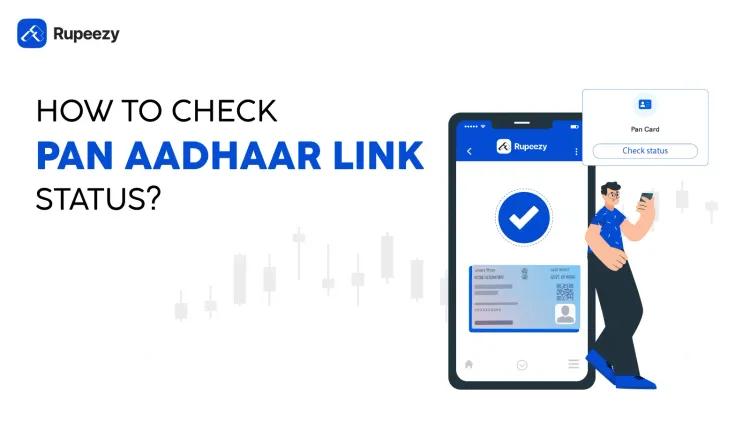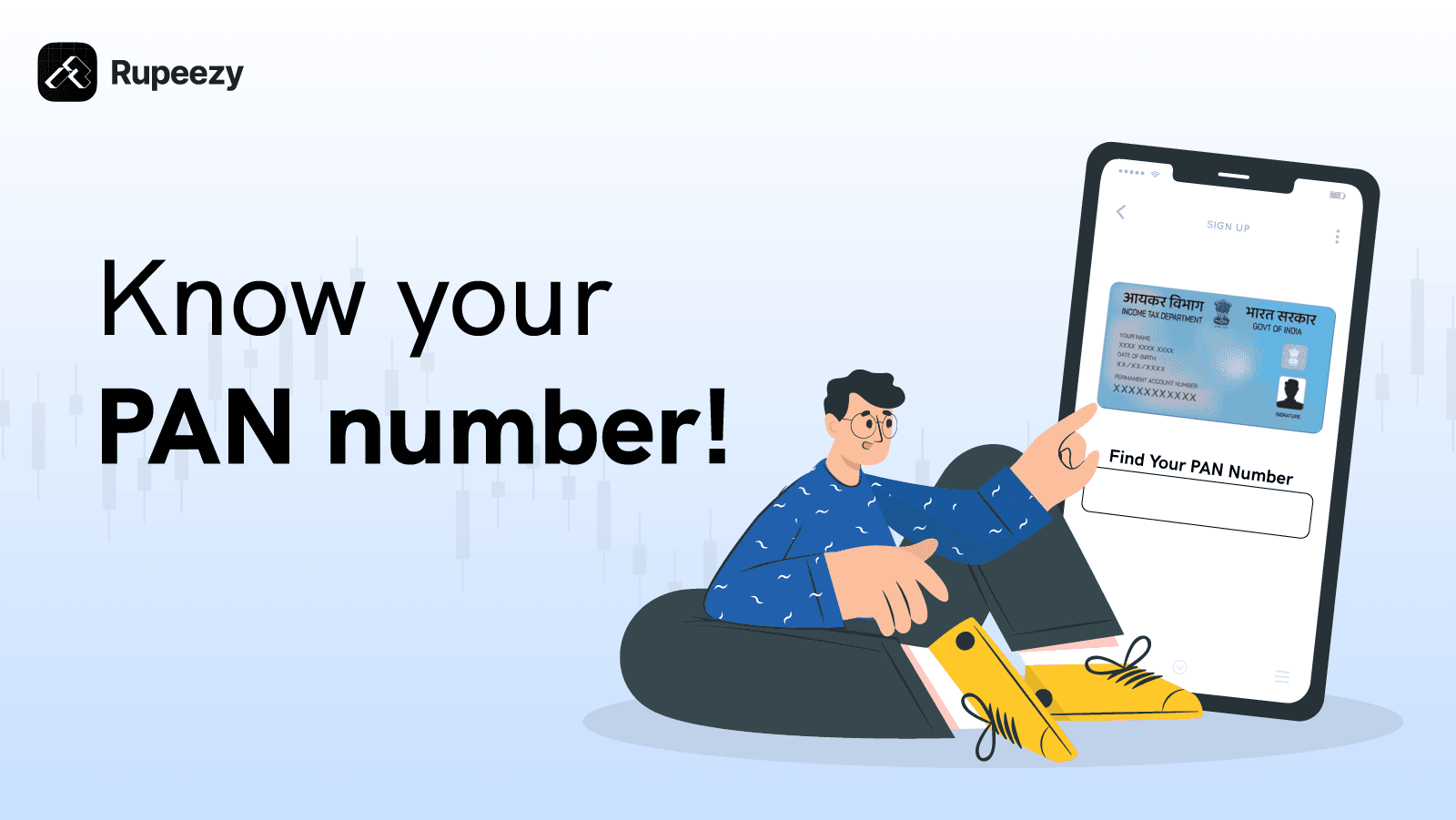Kisan Vikas Patra Scheme: All You Need to Know


00:00 / 00:00
When it comes to safe and guaranteed investment options in India, few schemes match the reliability of the Kisan Vikas Patra (KVP). Originally launched by India Post in 1988 to encourage savings among farmers, this government-backed savings certificate has evolved into a popular investment avenue for all Indian citizens seeking risk-free returns. The scheme currently offers a 7.5% interest rate and allows investors to double their money in 115 months (9 years and 7 months), making it an attractive option for conservative investors across urban and rural India.
Whether you are a first-time investor looking for guaranteed returns or someone seeking to diversify your investment portfolio with a secure option, understanding the Kisan Vikas Patra scheme can help you make informed financial decisions. This comprehensive guide walks you through everything you need to know about KVP in 2025, from its key features and benefits to eligibility criteria and investment process.
What is Kisan Vikas Patra?
Kisan Vikas Patra is a savings certificate scheme introduced by the India Post department of the Government of India in 1988. It was designed as a small savings instrument that facilitates long-term financial planning among the masses. While the scheme was initially targeted towards the farming community, it is now open to all Indian citizens.
The unique selling proposition of KVP is its money-doubling feature. When you invest a lump sum amount in KVP, you receive double the amount at the end of the maturity period. This makes it particularly appealing for risk-averse individuals who prefer government-backed securities over market-linked investments.
KVP certificates can be purchased from any post office across India and are also available at select public sector banks, making them easily accessible to investors from all walks of life.
Current Interest Rate and Maturity Period (2025)
The Kisan Vikas Patra scheme continues to offer 7.5% interest to account holders for the October-December 2025 quarter, with no change announced by the Ministry of Finance. This interest rate has remained stable since April 1, 2023, providing consistency for investors.
With the current 7.5% interest rate, any amount invested in KVP doubles in 115 months (9 years and 7 months). The interest is compounded annually, which means your investment grows steadily over time without being affected by market volatility.
It’s important to know that the Kisan Vikas Patra interest rate is reviewed by the government every quarter and may be revised based on the secondary market yields of Government Securities (G-Secs). However, once you invest during a specific quarter, the prevailing rate at that time remains locked in for the entire tenure of your KVP certificate.
Kisan Vikas Patra Scheme Interest Rate History
Quarter | Interest Rate | Maturity Period |
Oct-Dec 2025 | 7.5% | 115 months |
Jul-Sep 2025 | 7.5% | 115 months |
Apr-Jun 2025 | 7.5% | 115 months |
Jan-Mar 2025 | 7.5% | 115 months |
Key Features of Kisan Vikas Patra
Investment Amount
The minimum investment amount for KVP is Rs. 1,000, and there is no upper limit. Investors can purchase certificates in denominations of Rs. 1,000, Rs. 5,000, Rs. 10,000, and Rs. 50,000. The flexibility in investment amounts makes KVP accessible to both small and large investors.
Types of KVP Certificates
KVP certificates are available in four types: single adult accounts (opened by an individual adult), joint accounts (opened by up to three adults), guardian accounts (opened by a guardian on behalf of a minor or person of unsound mind), and accounts for minors above 10 years in their own name.
The joint accounts are further classified into two categories:
Joint A: The maturity amount is payable to all joint holders
Joint B: The maturity amount is payable to any one holder or the survivor
Lock-in Period
Though the account matures after 115 months, the lock-in period is 30 months (2 years and six months). During this lock-in period, premature withdrawal is not permitted except under specific circumstances.
Transferability
KVP certificates offer excellent flexibility when it comes to transfers. You can transfer your certificate from one post office to another or even from one person to another. This feature makes KVP particularly useful for individuals who may relocate frequently.
Nomination Facility
The scheme allows investors to transfer the KVP certificate to a nominee in the event of the death of the account holder. This ensures smooth inheritance and provides peace of mind to investors concerned about their family's financial security.
Loan Collateral
You can use your KVP certificate as collateral or security to avail secured loans, with interest rates comparatively lower for such loans.
Kisan Vikas Patra Scheme Eligibility Criteria
Understanding who can invest in KVP is crucial before you consider purchasing a certificate.
Eligible Investors
Any adult Indian citizen (18 years and above)
Parents or guardians on behalf of minors
Minors above 10 years of age in their own name
Trusts
Not Eligible
Hindu Undivided Family (HUF) as well as Non-Resident Indians (NRIs) cannot invest under the scheme.
Kisan Vikas Patra Scheme Benefits
Guaranteed Returns
KVP is a government-backed, risk-free investment that offers guaranteed returns. Unlike market-linked instruments, your returns are predetermined and unaffected by economic fluctuations.
Safety and Security
Being a government-backed scheme, KVP provides complete safety of your principal amount and guaranteed interest. This makes it ideal for conservative investors who prioritize capital protection over high returns.
Accessibility
KVP certificates are easily available at post offices across India, making them accessible even in remote areas where banking infrastructure may be limited. People from rural India with no bank account find this particularly appealing.
No Maximum Limit
Unlike many other small savings schemes, KVP does not impose an upper limit on investment. This allows high-net-worth individuals to park substantial amounts in a safe, government-backed instrument.
Simple Investment Process
The investment process is straightforward, requiring minimal documentation and no complex procedures. This simplicity makes KVP suitable for first-time investors.
Tax Implications
While KVP offers many benefits, it is essential to understand its tax implications before investing.
KVP does not allow any tax benefit, and returns received under the plan are taxable. The interest earned is taxable under the head 'Income from Other Sources' and must be declared in your Income Tax Return every year, even though you receive the interest only at maturity.
However, once the period of maturity is completed, the TDS is exempted from the amount withdrawn.
This lack of tax benefits makes KVP less attractive compared to schemes like Public Provident Fund (PPF) or National Savings Certificate (NSC) for those specifically looking for tax-saving instruments under Section 80C.
Premature Withdrawal Rules
The amount once deposited in KVP can be withdrawn only on maturity. However, premature closure is allowed in some conditions.
Conditions for Premature Withdrawal
Premature encashment is permitted only in the following circumstances:
Death of the account holder or any of the joint holders
Forfeiture by a pledgee (when used as loan collateral)
Under orders from a court of law
After completing the 30-month lock-in period, premature withdrawal is possible, but with certain conditions and penalties. If withdrawn after 30 months but before maturity, you will receive a lower interest rate compared to the maturity amount.
How to Invest in Kisan Vikas Patra
Required Documents
To purchase a KVP certificate, you will need the following documents:
Identity proof (Aadhaar card, Voter ID, PAN card, Passport, or Driving License)
Address proof
Recent passport-size photographs
PAN card (for investments above Rs. 50,000)
Investment Process
Select and download KVP Form A, fill up your personal details, mention the investment amount and mode of payment, choose the type of certificate you want, fill in the nomination details, and submit them to the bank or post office along with KYC documents.
Step-by-Step Process:
Visit your nearest post office or authorized bank
Request and fill out the KVP Form A
Provide the necessary KYC documents
Choose the type of certificate (single, joint A, or joint B)
Make the payment via cash, cheque, demand draft, or pay order
Receive your KVP certificate
You will get a KVP certificate immediately unless you make payment by cheque, pay order, or demand draft.
Encashment Process
Upon maturity of the scheme, the payable amount shall be credited directly to the bank or post office savings account of the certificate holder. The encashment process is straightforward and can be completed at the same post office or bank from which the certificate was issued.
You must submit the identity slip allocated to you at the time of issue while processing the encashment. It is advisable to keep this identity slip safe throughout the investment tenure.
Comparison with Other Investment Options
KVP vs. Fixed Deposits
Feature | KVP | Bank Fixed Deposits |
Interest Rate | 7.5% (as of Nov 2025) | Varies (6% to 7.5%) |
Tenure | 115 months (fixed) | Flexible (7 days to 10 years) |
Safety | Government-backed | DICGC insured up to Rs. 5 lakh |
Liquidity | Low (30-month lock-in) | Better (premature withdrawal allowed) |
Tax Benefits | None | None |
Also Read: Mutual Fund vs PPF
KVP vs. Public Provident Fund (PPF)
Feature | KVP | PPF |
Interest Rate | 7.5% | 7.1% (as of 2025) |
Tenure | 115 months | 15 years |
Tax Benefits | None | Deduction under Section 80C |
Maximum Investment | No limit | Rs. 1.5 lakh per year |
Lock-in Period | 30 months | 15 years (partial withdrawal after 7 years) |
Also Read: Best Tax Saving Investment Options in India
Who Should Invest in KVP?
Kisan Vikas Patra is particularly suitable for:
Risk-averse investors seeking guaranteed returns
Individuals looking for long-term savings without market exposure
Rural investors with limited access to banking facilities
People who do not require liquidity in the short to medium term
Investors who have already exhausted their Section 80C limits and are looking for safe investment avenues
However, KVP may not be ideal for:
Those seeking tax-saving instruments
Investors requiring high liquidity
Individuals looking for higher returns through market-linked investments
Conclusion
The Kisan Vikas Patra (KVP) remains one of the most secure and reliable savings options for conservative investors seeking guaranteed, government-backed returns. With a 7.5% interest rate and the ability to double your investment in 115 months, it continues to serve as a trusted instrument for long-term wealth preservation.
Though KVP lacks tax benefits and has a fixed lock-in period, its assured returns and capital safety make it a smart choice for those prioritizing stability over risk. Investors should compare KVP with other government schemes like PPF, NSC, or SCSS before finalizing their decision.
For those exploring both traditional and market-linked investments, Rupeezy offers a seamless platform to manage all your financial goals in one place, from mutual funds and SIPs to smart trading tools and MTF. Whether you prefer guaranteed returns or market opportunities, Rupeezy helps you invest with confidence and ease
FAQs:
1. What is the Kisan Vikas Patra launch date?
Kisan Vikas Patra was launched on 1st April 1988 by the Indian Post Office to promote long-term savings among citizens.
2. Why was Kisan Vikas Patra introduced?
KVP was introduced to encourage small savings and provide a safe investment option with guaranteed returns backed by the Government of India.
3. Has Kisan Vikas Patra been discontinued or relaunched?
Yes. Kisan Vikas Patra was discontinued in 2011 due to misuse concerns and was later relaunched in 2014 with stricter KYC norms for better transparency.
4. What is the maturity period of Kisan Vikas Patra?
The maturity period of KVP is 115 months (9 years and 7 months), after which the invested amount doubles.
5. What is the minimum investment amount in Kisan Vikas Patra?
The minimum investment amount is ?1,000, with no upper limit, making it suitable for both small and large savers.
6. How to calculate income tax on Kisan Vikas Patra?
The interest earned on Kisan Vikas Patra is fully taxable.
To calculate income tax on KVP:
Find the total interest earned at maturity (maturity amount – invested amount).
Add this interest to your annual taxable income under “Income from Other Sources”.
Apply the income tax slab rate that you fall under.
TDS is not deducted automatically, so tax must be paid manually while filing ITR.
The content on this blog is for educational purposes only and should not be considered investment advice. While we strive for accuracy, some information may contain errors or delays in updates.
Mentions of stocks or investment products are solely for informational purposes and do not constitute recommendations. Investors should conduct their own research before making any decisions.
Investing in financial markets are subject to market risks, and past performance does not guarantee future results. It is advisable to consult a qualified financial professional, review official documents, and verify information independently before making investment decisions.

All Category










